The Architecture and Design industries are a hungry beast, constantly thriving on new ideas, innovations and technological developments. indesignlive spoke to the heads of Australia’s two peak professional bodies: the Australian Institute of Architect’s president, Howard Tanner, and the Design Institute of Australia’s president, Joanne Cys. We asked them where they thought the A&D industries […]
January 12th, 2009
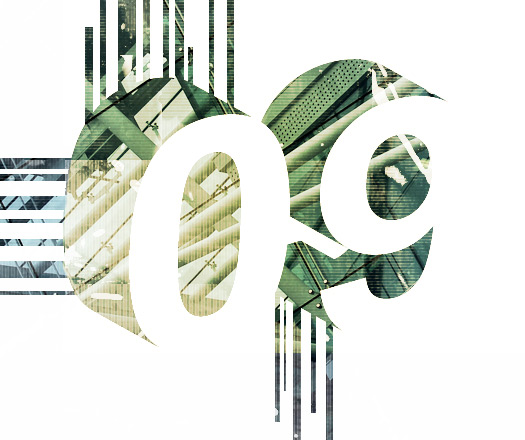
The Architecture and Design industries are a hungry beast, constantly thriving on new ideas, innovations and technological developments. indesignlive spoke to the heads of Australia’s two peak professional bodies: the Australian Institute of Architect’s president, Howard Tanner, and the Design Institute of Australia’s president, Joanne Cys.
We asked them where they thought the A&D industries were heading in 2009. Their responses to key issues, such as the economy and sustainability, show that although there are tough times ahead, we’re in a strong position heading into 2009.
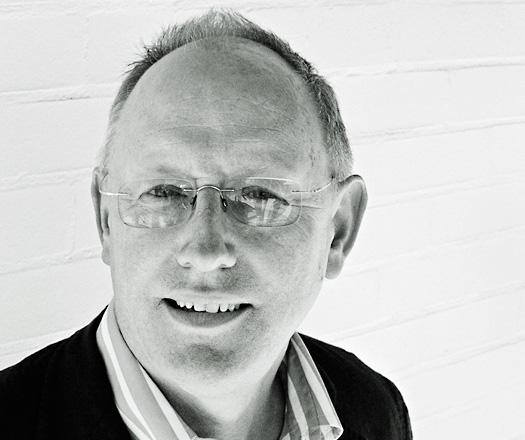
On the Economy…
Australia is undoubtedly in a far healthier position than the USA or Britain.
The Biggest Challenges…
To keep architectural practices operating at a scale where they do not lose their skill base.
Architectural firms have already begun to cut costs, reduce salaries and retrench staff in an effort to remain viable with the available work. There are of course the exceptions, who are busy in government funded areas or who have cashed-up clients who can see the opportunity to build quickly and cheaply.
At other times like this, one could head to pockets of prosperity with ready employment – such as Shanghai in the 30s, Hong Kong in the 90s, and Berlin more recently – but these opportunities are not currently in view.
On Sustainability…
The lavish elements of sustainable design will undoubtedly be put on hold.
However the fundamental truths should be allowed to shine through, including: proper orientation of buildings and the use of sun-shading in summer, and natural cross ventilation; more careful use of resources and energy; universal conservation of water; and considered use of landscape and water in climatic management.
The Up-Side…
Australia is undoubtedly in a far healthier position than the USA or Britain.
Innovation in the last decade has often been seen as elaborate and expensive, and only affordable in a period of substantial prosperity. For many architects the next year or so will need to be focussed on ‘back-to-basics’. Innovation will operate at a more fundamental level, and may be all the more important for that.

On the Economy…
The major effect we experienced at the end of 2008 was one of failing confidence in the future. Early indicators included project postponements and cancellations as well as staff retrenchments from design practices.
The Biggest Challenges…
The particular service sector of design is intrinsically linked to the economy and the global financial crisis will have major impacts on the behaviour of our clients.
Designers will need to work harder to attract clients and market their services.
Staff retrenchments from design practices may result in an increase part-time employment, but may also produce the start-up of smaller practices and partnerships.
[In 2009] design will need to distance itself from conventional, accepted international and global paradigms. Regional design specialisations and local design identity will become sought-after and valued.
On Sustainability…
Clients need to be better educated about sustainable design. Ultimately this is the responsibility of government but needs to be informed by the design profession.
Continued improvements to existing sustainable design rating systems to address anomalies and contradictions would assist this.
The predicted increase in energy costs and reduction in resources costs may result in potential opportunities for sustainable design, particularly if clients are better educated.
The Up-Side…
Design is inherently innovative. Often the greater the restraints, the more creative and innovative the outcome.
In times of economic downturn, people often return to study to further their education. This will naturally result in new developments in design.
[We will see] more specialisation and an increase in small practices and partnerships producing unprecedented work; more local and regional focus and identity; and more interest and value of education to develop knowledge and foster creativity. Perhaps this will finally initiate awareness and value of design in Australia.
On another level, a less frantic workload than designers have been experiencing up to now may allow designers more time to reflect on their practice and result in better quality outcomes.
Confidence is the key. Designers should remember how clever, resourceful and responsive they are.
Where do you see 2009 taking the A&D community? Tell us what you think by leaving a comment below.
INDESIGN is on instagram
Follow @indesignlive
A searchable and comprehensive guide for specifying leading products and their suppliers
Keep up to date with the latest and greatest from our industry BFF's!
The new range features slabs with warm, earthy palettes that lend a sense of organic luxury to every space.
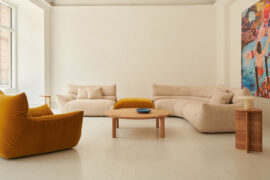
A curated exhibition in Frederiksstaden captures the spirit of Australian design

For Aidan Mawhinney, the secret ingredient to Living Edge’s success “comes down to people, product and place.” As the brand celebrates a significant 25-year milestone, it’s that commitment to authentic, sustainable design – and the people behind it all – that continues to anchor its legacy.
A design expert says government influence and intelligent material use will produce economically-viable green products, Anthony Caggiano reports.
The internet never sleeps! Here's the stuff you might have missed
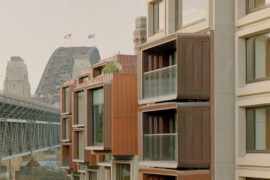
The INDE.Awards 2025 has crowned Sirius Redevelopment by BVN as the winner of The Multi-Residential Building, sponsored by CULT. This ambitious project redefines urban living in Sydney’s historic Rocks precinct while preserving heritage, reducing embodied carbon, and elevating residential design.
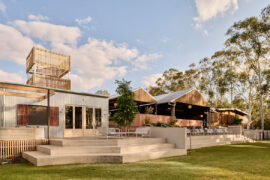
Technē’s latest pub project gives an iconic old woolshed new life, blending family-friendly community spirit and sentimentality with nostalgic design.